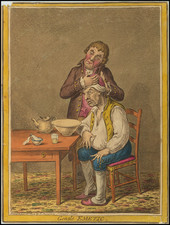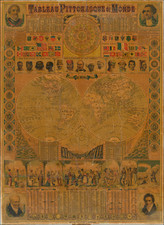Fantastic hand-colored 15th-century woodcut of the dance of death by Michael Wolgemut, issued in the 1493 Latin first edition of Hartmann Schedel's Nuremberg Chronicle.
The image shows a band of dancing skeletons rising from the dead to play music and dance.
Below the festive-if-morbid image, is a caption in Latin of a verse from Petrarch's "Letter to Giovanni Colonna" (translation by Michael North):
Nothing is better than Death, nor anything worse than an unfair Life,
O great Death, you are men’s eternal rest from labor,
You relax the yoke for the aged, God willing,
And remove the heavy fetters from the necks of the vanquished,
You lift exile and break open the doors of prison,
You rescue from indignities, assigning good things to the just by lots,
And you remain unmoved, implacable by any technique,
On that day preset from the beginning, all these things you command
the peaceful soul to bear, the end of its labors having been promised,
Without you the life of the suffering is a perennial prison.
Hartmann Schedel (1440-1514) was a physician, book collector, and writer whose most famous work, the Liber Chronicarum (Nuremberg Chronicle), included some of the first printed views of many cities in Europe and across the world.
Schedel was born and died in Nuremberg, but he also traveled for his education. From 1456 to 1463 he lived in Leipzig, where he attended the University of Leipzig and earned his MA. From there he went to Padua, where he earned a Doctor of Medicine in 1466. After university, he worked for a time in Nördlingen and then returned to Nuremberg. In 1482 he was elected a member of the Great Council of Nuremberg.
The Chronicle was published in 1493. Besides this major work, one of Schedel’s most enduring legacies is his magnificent manuscript and printed book collection, one of the largest of the fifteenth century. In 1552, Schedel's grandson, Melchior Schedel, sold about 370 manuscripts and 600 printed works from Hartmann Schedel's library to Johann Jakob Fugger. Fugger later sold his library to Duke Albert V of Bavaria in 1571. This library is now mostly preserved in the Bayerische Staasbibliothek in Munich.
Among the surviving portions of Schedel's library are the records for the publication of the Chronicle, including Schedel's contract with Anton Koberger for the publication of the work and the financing of the work by Sebald Schreyer and Sebastian Kammermeister, as well as the contracts with Wohlgemut and Pleydenwurff for the original artworks and engravings. The collection also includes original manuscript copies of the work in Latin and German.









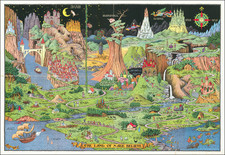
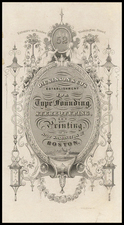
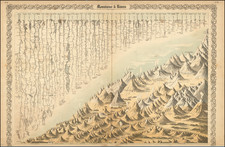
![[The Fortifications Game] Das Festung Baues Spiel In welchem die unterschiedene Wercke, so zu beschutzung der Festungen u. Lager dienen, fleissig u. eigentlich auf die aller neusest art, in grund gelegt, u mit allen ihrn bescheibungen, u einder kurtzen und leichten Erklarung der Figuren welch in disder Kunst ublich und gebrauchlich, entworffen sind.](https://storage.googleapis.com/raremaps/img/small/72942.jpg)
